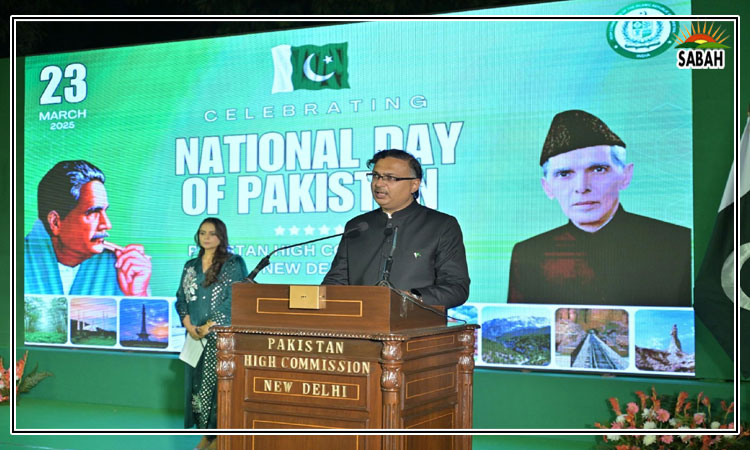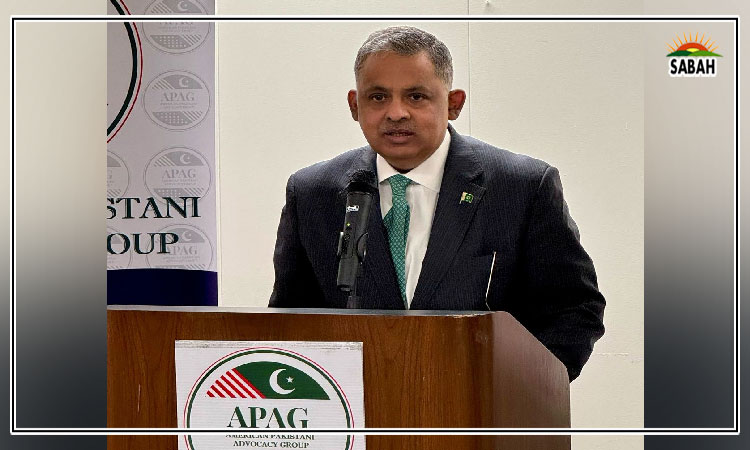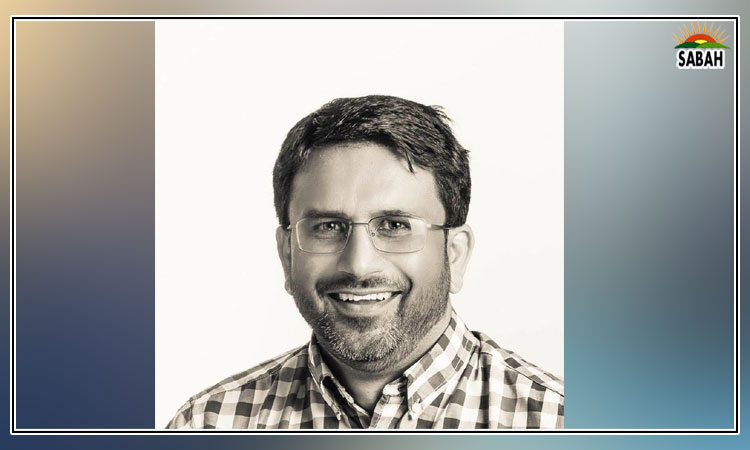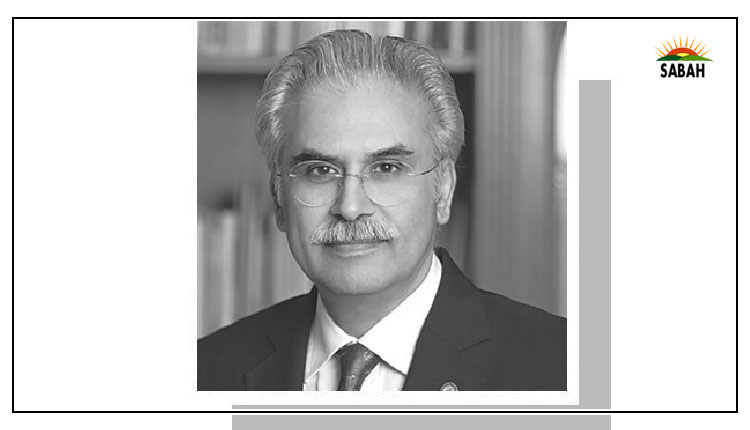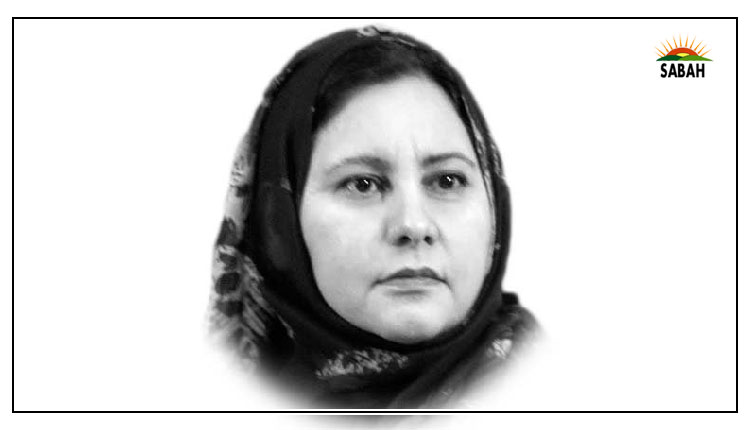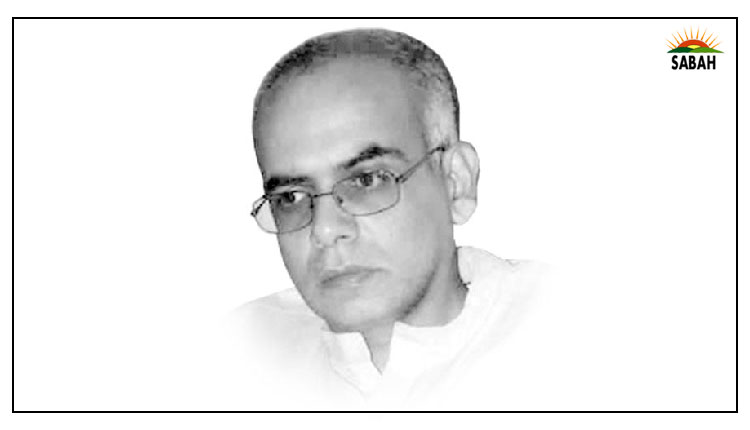Journey of economic revival …Ahsan Iqbal
On April 19, 2022, I faced the most challenging day of my life when I took on the role of federal minister for planning, development & special initiatives. I was confronted with a myriad of obstacles, all centred on the daunting task of revitalizing the nation’s economy, left in disarray by the previous PTI-led government.
Upon assuming office, my first action was to convene a meeting with the officials at the Ministry of Planning, who briefed me on the status of the Public Sector Development Program (PSDP) and the China-Pakistan Economic Corridor (CPEC). To my dismay, the last quarter of 2021-2022 had seen no allocation of funds for development. Shockingly, this marked the first time in the country’s history that fourth-quarter funds were withheld – during the PTI’s tenure.
Fueled by determination and under the guidance of Prime Minister Shahbaz Sharif, I swiftly implemented measures to address the altered economic landscape. Pakistan’s GDP had dropped from $356 billion in 2018 to $346 billion by FY2021, alongside escalating population, inflation, and current account deficits. During my term, the planning ministry increased the PSDP from Rs500 billion to Rs1150 billion for 2023-2024, overcoming financial limitations while ensuring transparency through the PSDP Portal, which provides digital access to 1.1 trillion worth of PSDP data.
Confronted with these challenges, we embarked on an arduous journey to resurrect the economy. The Turnaround Conference on June 28, 2022 proved pivotal, uniting Pakistan’s brightest minds to address core issues across seven key themes: human and social capital development, sustainable and inclusive growth, institutional reform, energy, water, food security, private sector-led growth, national competitiveness, and transportation infrastructure modernization and regional connectivity.
Informed by the conference’s insights, we began the process of economic revival, taking bold steps and engaging in constructive negotiations with the IMF.
On August 12, 2022, another significant challenge emerged as the devastating floods of 2022 affected 33 million people across the country. As chairman of the Flood Relief Committee, I led efforts to formulate a comprehensive strategy. Despite an already ailing economy, we conducted the Post-Disaster Needs Assessment (PDNA) and devised a resilient relief, rehabilitation, and reconstruction (4RF) framework. This resulted in pledges of $10 billion from international donors during the International Conference on Climate Resistant Pakistan in Geneva on January 9.
In November 2022, the Young Development Fellows (YDF) program, discontinued by the PTI-led government, was resurrected under my tenure. Forty YDFs joined the ministry, engaging in a year-long fellowship to deepen their understanding of public policy matters.
The journey of stabilization extended further, with an unwavering focus on the country’s youthful population, constituting 65 per cent of our people. The Prime Minister’s Youth Development Initiatives, launched on October 21, 2022, encompassed the Ba-Ikhtiyar Nujawan Internship Program, the PM’s laptop scheme, scholarships, internships for young engineers, talent scholarships, support complexes, and Development Leadership Awards.
Recognizing the significance of Higher Education, the planning ministry allocated an historic budget increase for the Higher Education Commission (HEC), raising it from Rs45 billion to Rs70 billion. This step was further augmented by the establishment of three centers of excellence: the National Center for Manufacturing (NCM), National Centre for Quantum Computing (NCQC), and National Center for Nanoscience and Nanotechnology (NCNN).
On November 12, 2022, a pioneering initiative worth Rs40 billion was launched, targeting 20 underdeveloped districts. This marked the first time the federal government intervened to uplift impoverished districts, addressing economic disparities. Simultaneously, the planning ministry reconstituted the advisory committee to enhance policy formulation and implementation.
The crowning achievement was the launch of the ‘5Es Framework to Turnaround Pakistan’, prioritizing exports, energy, environment, e-Pakistan, and equity & empowerment. This framework will prove to be the bedrock for transforming Pakistan into a $1 trillion economy by 2035.
My tenure saw Gwadar, particularly, emerge as a focal point. We completed major CPEC projects, reviving the city’s potential. The second phase of CPEC was inaugurated with the 11th and 12th Joint Cooperation Committee (JCC) meetings, cementing China’s continued support.
We established the Pakistan Innovation Fund, fostering entrepreneurship through grants. Numerous initiatives, from education to nutrition, were launched, emphasizing inclusive development.
In summary, the Pakistan Governance Forum 2023 highlighted the interconnectedness of economic stability, policy consistency, and political equilibrium. A STAR governance system, embodying stability, transparency, agility, and accountability, has paved the path to a brighter future. Collaborative endeavors, championed by leaders like Mian Nawaz Sharif and Shehbaz Sharif, epitomize Pakistan’s journey towards prosperity and inclusivity.
The writer is the former minister for planning, development and special
initiatives. He tweets/posts
@betterpakistan and can be reached at: betterpakistan@gmail.com
Courtesy The News




